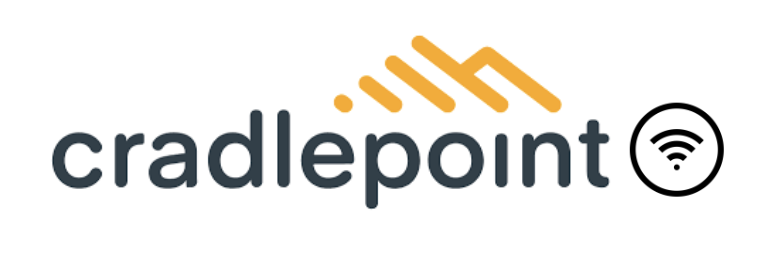
Remote and hybrid work has become increasingly popular for employees and employers in recent years. Working remotely has its challenges, however. One of the biggest remote work challenges is establishing solid internet connectivity, especially in areas where wired internet is not available or may be unreliable. This is where having a Cradlepoint WiFi product can be beneficial.
What is Cradlepoint?
Cradlepoint is a Boise, Idaho, company that first opened its doors in 2006. The name “Cradlepoint” came from the name of its first device (a cradle) that transformed a cellular phone into a Wi-Fi access “point.” For over 17 years, Cradlepoint has specialized in designing wireless routers and gateways that provide fast and secure internet connectivity, particularly in remote locations. It offers a variety of products that are designed for different use cases, from home offices to temporary worksites.
Cradlepoint WiFi Advantages
There is a reason why Cradlepoint is an industry powerhouse and why it is trusted in a multitude of different applications, including critical infrastructure monitoring, search and rescue efforts, emergency internet access, and safety surveillance.
The advantages of Cradlepoint WiFi are reliability, security, ease of use, scalability, and cost.
- Reliability: One of the most important advantages of Cradlepoint WiFi is its reliable connectivity. Cradlepoint uses advanced LTE and 5G technology to ensure remote workers can stay connected, even in areas with poor or no wired internet service. This is particularly important for remote workers who need to access important documents and applications quickly and easily, as well as to collaborate with other employees in real time — without experience lag or buffering issues. Cradlepoint routers improve workers’ productivity, thanks to their fast and reliable operation.
- Security: Cradlepoint WiFi routers are designed with security in mind. They feature advanced security features like VPN support, firewall protection, as well as intrusion detection and prevention systems. This means that remote workers can connect to their companies’ networks securely, without worrying about unauthorized access or data breaches.
- Ease of Use: These routers are meant to be set up in less than a day by just about anyone. They’re also quite easy to use, so you don’t need advanced technical knowledge to understand them. They come with intuitive user interfaces and mobile apps that make it easy for remote workers to manage their network connections and settings. Cradlepoint WiFi users also have access to 24/7 support by phone, email, or chat. This is particularly important for remote workers who may not have access to IT support.
- Scalability and Flexibility: Cradlepoint WiFi routers are scalable and flexible, which means they can be easily customized to meet the needs of remote workers and their organizations. They can support multiple users, devices, and applications, and can be used in a variety of remote work environments, from home offices to temporary worksites.
- Cost-Effective: Compared to the cost of installing and maintaining traditional wired internet infrastructure, Cradlepoint routers are more cost-effective. This makes them great options for remote workers and small businesses that need reliable and secure connectivity without breaking the bank.
A Wide Range of Products for Varying Uses
Cradlepoint offers a variety of products that are designed for different use cases. The Cradlepoint R1900, for example, is designed for vehicle use and is ideal for remote workers who need to stay connected while on the go. The Cradlepoint E3000, on the other hand, is designed for use in branch offices and can support hundreds of devices.
Cradlepoint WiFi: Is It Right for You?
Cradlepoint WiFi routers offer reliable, secure, and cost-effective solutions for remote workers who need fast and dependable internet connectivity. They are easy to set up and use, scalable and flexible, and can help improve productivity. If you are a remote worker looking for a solution to your connectivity challenges, consider investing in a Cradlepoint WiFi router. With the right Cradlepoint product, you can stay connected — no matter where you are!
Want to learn more about Cradlepoint products? Visit 5Gstore’s Cradlepoint FAQ page for more information about the company and its products. If you would like more information, have specific questions about a product, or need additional assistance to find the right Cradlepoint router, we hope you’ll reach out to 5Gstore. We’re your Cradlepoint experts and are available via live chat and phone from 9:00 a.m. to 6:00 p.m. CST. Contact us 24/7 by email — we’ll do our best to get back to you as quickly as possible.





